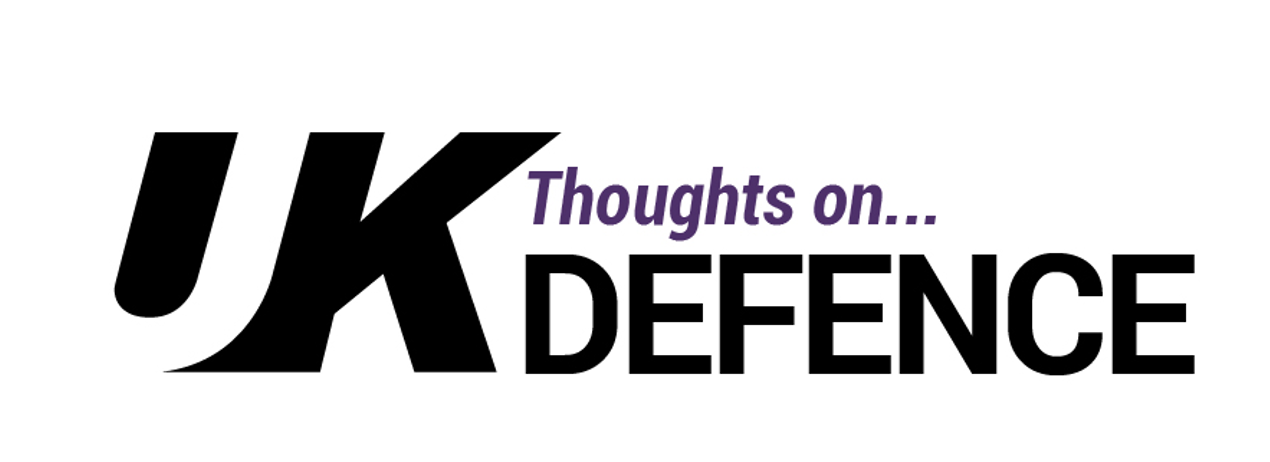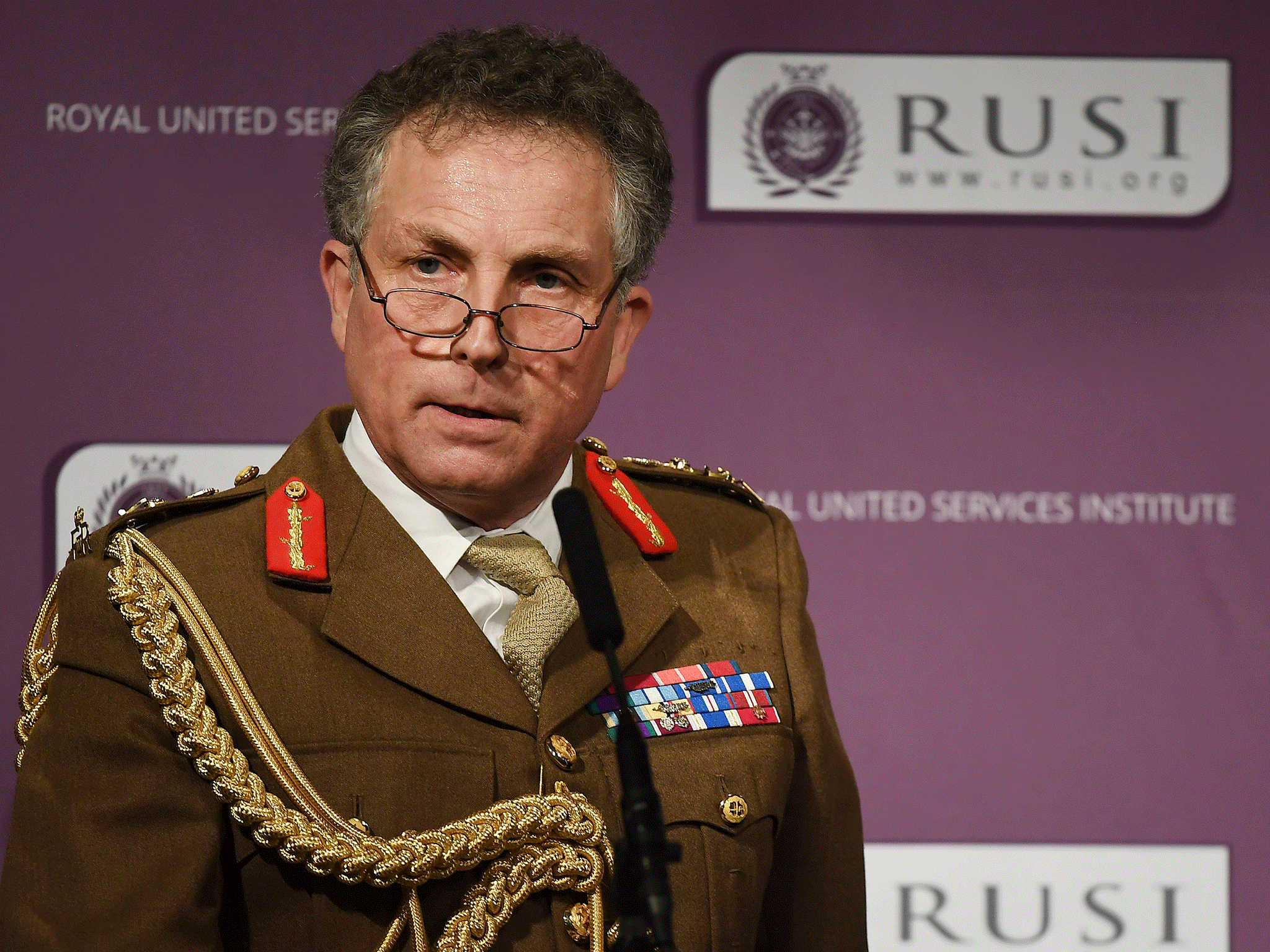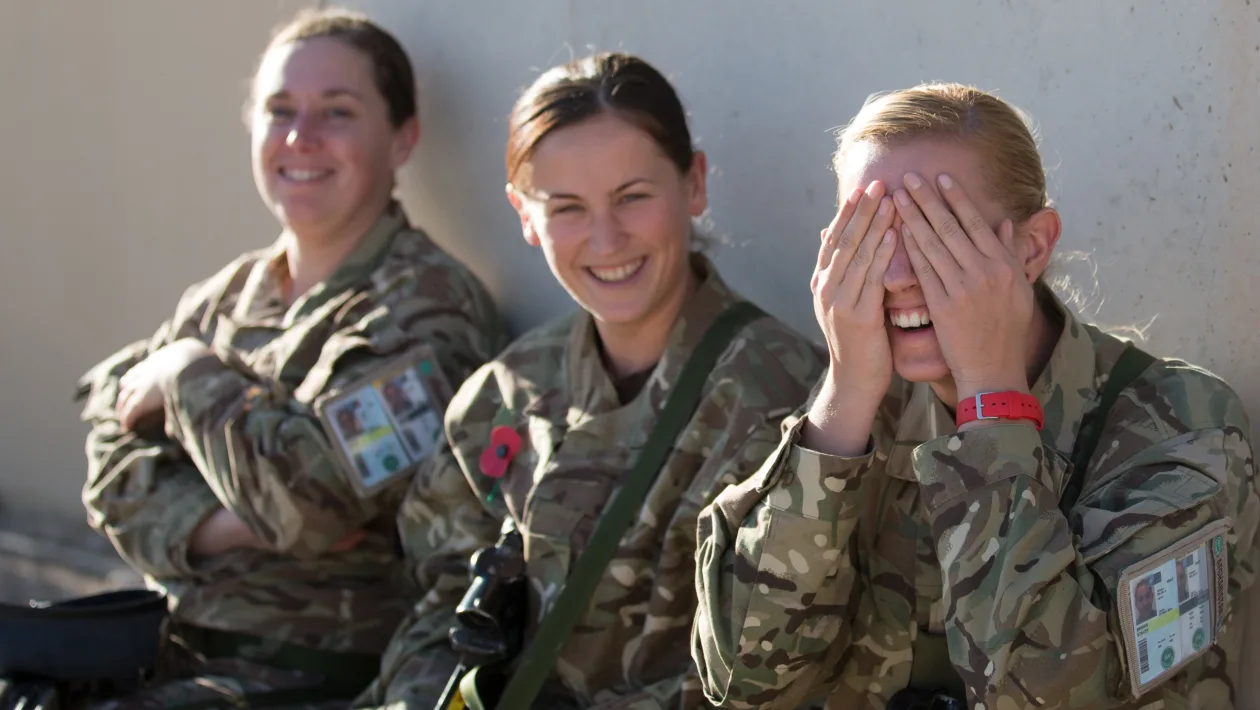Of the three major political parties, only the Labour Party included a commitment in its 2019 general election manifesto to undertake a strategic defence and security review. However, following the London Bridge attack on 29th November, and in the build-up to the NATO Leaders Summit, which will be held in the UK on 4th December, Prime Minister Boris Johnson has announced that he wants to hold the “deepest review of Britain’s security, defence and foreign policy since the end of the Cold War.” As a result, regardless of who wins the general election next week, the starting gun has already been fired on the next strategic defence and security review (SDSR).
Unwritten Rules of Defence Reviews
In an article for International Affairs in 2015, Paul Cornish, an independent analyst and author, and Andrew Dorman, professor of international security at King’s College London, suggested that there were at least ten unwritten rules of defence reviews that would influence the character and quality of the next SDSR. With the echo of the starting gun for a post election SDSR still ringing, a number of these rules are already re-emerging as the race begins for the 2020 SDSR.
In the first instance, Cornish and Dorman recognised that the government will be subject to intensive media scrutiny, both prior to and during a review. Although an earlier post by @onUKDefence highlighted how little media scrutiny has been focused on defence and security in the early stages of this general election campaign, it is clear that has now changed. Defence and security has become a definite election issue. Moreover, media interest is now focusing on tensions at the top of the armed forces over potential cuts and anger from ministers and senior civil servants that military chiefs have wasted resources.
This leads to the appearance of two more of the unwritten rules: the threat of defence cuts leads to inter-service rivalry; and the unanimity of service chiefs cannot be maintained as their allegiance to their respective service takes precedence over their commitment to defence overall. It is the outcome of these two rules that have the most detrimental effect on UK defence and show the military in its worst light.
Single Service Rivalry
Following instructions from the Secretary of State for Defence, Ben Wallace (Conservative MP for Wyre and Preston North), that the armed forces must “cut their cloth” to the resources available, each service chief is now busy trying to cut the cloth of the other two services. Army chiefs are reportedly pressing to mothball one of the Royal Navy’s two new aircraft carriers or lease it to the US. At the same time, Navy chiefs are said to have joined forces with the army to press for reductions in RAF manpower, arguing that drones will soon be able to carry out most of its tasks. Also being argued are further cuts to the trained strength of the army, with reports of reducing its size to between 60,000 and 65,000. Such a move would seriously undermine current army plans to return to division-level warfighting – a key commitment of the 2015 SDSR.
All of this posturing and turf-fighting is traditionally supported by former admirals, generals and air marshals. This too has already started with Air Chief Marshal Sir Michael Graydon, a former Chief of the Air Staff, saying that more funding is needed to fulfil air environment commitments from the last defence review, and more than twenty retired admirals and other senior Royal Navy and Royal Marines officers writing to the Sunday Times to warn that the government must keep both aircraft carriers, as only a potential adversary would welcome the removal of either from the UK’s maritime front line.
Although the Conservative’s manifesto was extremely light on detail regarding defence and security issues, it did include a pledge to create a UK Space Command. At first glance, this looks good for the RAF, as it has already staked a significant claim to warfighting’s newest domain, authoring a combined future air and space operating concept as long ago as 2012. However, with this opportunity comes a threat. If the RAF were to move into sub-space and space activity, it could open the door for the Royal Navy to make a play for sole control of the, currently joint, F-35 Lightning II aircraft fleet, under the auspices of the Fleet Air Arm. Such a move would certainly be fiercely resisted by the light-blue service.
Conclusion
Whichever party forms the next government, firing the starting gun for a post election SDSR has ignited an all-too familiar struggle between the armed forces as they compete for funding that is bound to be less than required to satisfy their combined aspirations. Whilst the detailed process and timings for the next review will probably not become clear until early in the New Year, it is possible that activity will end up being severely truncated to align with the new government’s Whitehall-wide spending review, which could be announced as part of a Spring budget in March. If this is so, in the words of the seventeenth century philosopher Thomas Hobbes, the next SDSR may well be “nasty, brutish, and short”.






